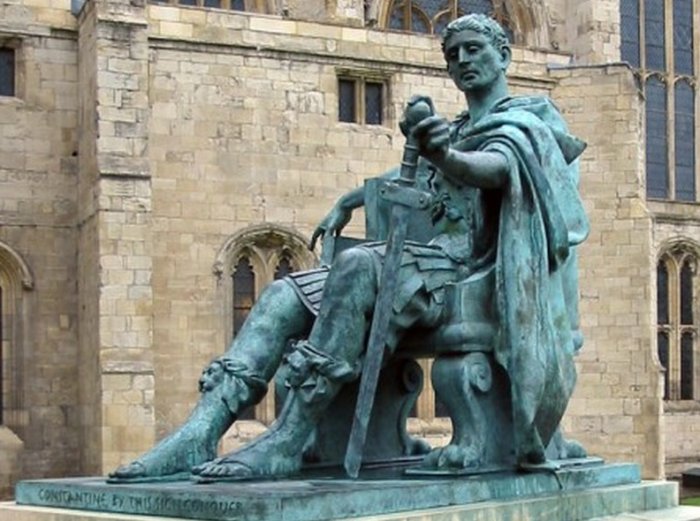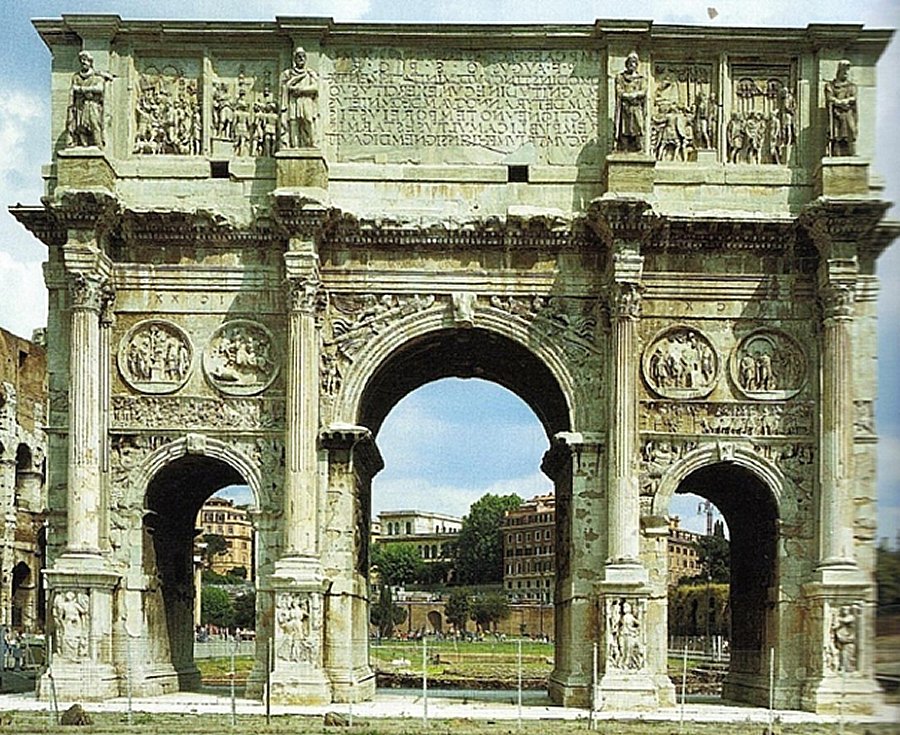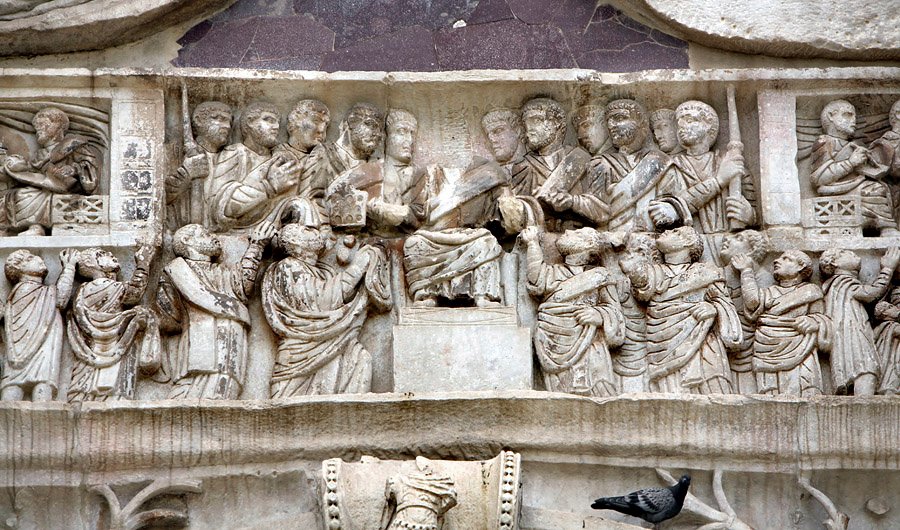Triumphal Arch Of Roman Emperor Constantine And His Great Vision
A. Sutherland - AncientPages.com - Roman imperial triumphal arches symbolized the empire's power and greatness of the emperor. The arches were decorated with beautiful historical scenes commemorating the achievements of the Roman leader to his people and the kingdom.
Credit: Adobe Stock - Sergii Figurnyi
Republican tradition meant that the arches were closely associated with an individual's achievements. During the imperial period, emperors used arches to convey information about their military and civil achievements.
The Arch of Constantine, Rome - situated in the vicinity of the Colosseum in Rome - is a monument to the glory of Emperor Constantine the Great. It represented the largest preserved Roman Arch and was exhibited on July 25, 315 AD, in Rome to commemorate the tenth anniversary of Constantine's rule (decennalia) and his great victory at the Battle of Ponte Milvio in 312 AD.
Constantine conquered his great rival for power, Emperor Maxentius, who had co-ruled with him between 306 and 312 AD, before being expelled.
Who Was Constantine The Great?
The emperor Constantine is celebrated as a saint in the Orthodox Church but not in the Western Church.
After the battle of Mulvian Bridge on October 27, 312 AD, Flavius Valerius Aurelius Constantinus became the emperor of Rome commonly known as Constantine the Great.
From a Christian perspective, his most outstanding merit was the legalization of Christianity. He also moved the imperial capital to Constantinople.
Ancient chronicles say that Emperor Constantine had a vision that God promised him a victory if his army portrayed the sign of the cross on their shields.
Fourth-century historian and bishop Eusebius of Caesarea wrote in "The Life of the Blessed Emperor Constantine" about Constantine's experience:
 The vision of Emperor Constantine. Credits: P. Rubens
The vision of Emperor Constantine. Credits: P. Rubens
"The emperor said that about the noon hour, when the day was already beginning to wane, he saw with his own eyes in the sky above the sun a cross composed of light, and that there was attached to it an inscription saying, "By this conquer." At the sight, he said, astonishment seized him and all the troops who were accompanying him on the journey and were observers of the miracle.
He said, moreover, that he doubted within himself what the import of this apparition could be, And while he continued to ponder and reason on its meaning, night suddenly came on; then in his sleep, the Christ of God appeared to him with the same sign which he had seen in the heavens and commanded him to make a likeness of that sign which he had seen in the heavens, and to use it as a safeguard in all engagements with his enemies.
Arch of Constantine, Rome. Image credit: Alexander Z - CC BY-SA 3.0
At dawn of day, he arose and communicated the marvel to his friends; and then, calling together the workers in gold and precious stones, he sat in the midst of them and described to them the figure of the sign he had seen, bidding them represent it in gold and precious stones…"
Constantine did conquer Maxentius, and the battle marked the beginning of Constantine's conversion to Christianity. He also reformed the army, stabilized the economy in the empire, and introduced the solidus. This gold coin continued in the Byzantine Empire and remained used for a thousand years.
Impressive Arch of Constantine In Full Glory But Decorated With Old Reliefs
 Above: Battle of Ponte Milvio in 312 AD: Below: Siege of Verona 312 AD.
Above: Battle of Ponte Milvio in 312 AD: Below: Siege of Verona 312 AD.
The monumental triumphal Arch of Constantine stands 21m high, 25.7m wide, and 7.4m deep. Undoubtedly, the structure is attributed to Constantine's divine inspiration, and this experience could help him win the battle.
However, the Arch does not display visible Christian symbols.
On the contrary, all reliefs that decorate the monument were taken from monuments made for earlier Roman emperors. These reliefs were once dedicated to other great emperors such as Trajan, Hadrian, and Marcus Aurelius, known for their best achievements dating to the 2nd century when the Roman Empire flourished.
A detail of the northern frieze of the Arch of Constantine. This detail shows Constantine distributing gifts from his throne down to his supporters. Credits: commons.wikimedia.org/
Many historians have long wondered why new decorative elements are missing in the Arch of Constantine.
Was it because artists and builders did not have new fresh ideas to use, or was it better to keep the same older style to show that Constantine's status, legitimacy, and achievements were equal to some other the best Roman emperors?
Written by – A. Sutherland - AncientPages.com Senior Staff Writer
Updated on September 17, 2022
Copyright © AncientPages.com All rights reserved. This material may not be published, broadcast, rewritten or redistributed in whole or part without the express written permission of AncientPages.com
Expand for referencesMore From Ancient Pages
-
 Ancient Superhighways: 12,000-Year-Old Massive Underground Tunnels From Scotland To Turkey
Featured Stories | Jul 19, 2015
Ancient Superhighways: 12,000-Year-Old Massive Underground Tunnels From Scotland To Turkey
Featured Stories | Jul 19, 2015 -
 Bes: Egypt’s Intriguing Dwarf God Of Music, Warfare And Protector Against Snakes, Misfortune And Evil Spirits
Egyptian Mythology | Jul 31, 2016
Bes: Egypt’s Intriguing Dwarf God Of Music, Warfare And Protector Against Snakes, Misfortune And Evil Spirits
Egyptian Mythology | Jul 31, 2016 -
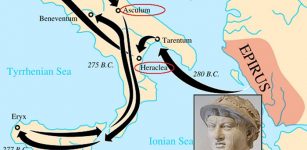 Where Does The Expression “Pyrrhic Victory” Come From?
Ancient History Facts | Apr 18, 2018
Where Does The Expression “Pyrrhic Victory” Come From?
Ancient History Facts | Apr 18, 2018 -
 Strange Case Of The ‘Impossible’ Glove Remains Unexplained – The Investigation – Part 2
Featured Stories | May 28, 2019
Strange Case Of The ‘Impossible’ Glove Remains Unexplained – The Investigation – Part 2
Featured Stories | May 28, 2019 -
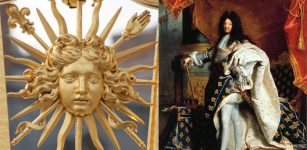 Why Was Louis XIV Called The Sun King?
Ancient History Facts | Jul 11, 2019
Why Was Louis XIV Called The Sun King?
Ancient History Facts | Jul 11, 2019 -
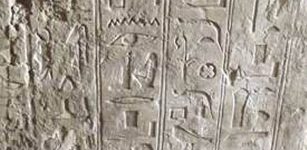 Tomb of the 26th dynasty vizier of Upper Egypt discovered in South Assassif, Luxor
Civilizations | Aug 31, 2015
Tomb of the 26th dynasty vizier of Upper Egypt discovered in South Assassif, Luxor
Civilizations | Aug 31, 2015 -
 How Many Ice Ages Has The Earth Had, And Could Humans Live Through One?
Featured Stories | Sep 26, 2022
How Many Ice Ages Has The Earth Had, And Could Humans Live Through One?
Featured Stories | Sep 26, 2022 -
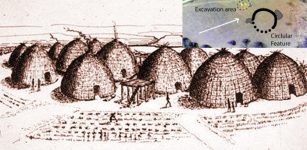 Large Earthwork At Wichita Site In Kansas – Is It Long-Lost Native American City Of Etzanoa?
Archaeology | Sep 4, 2020
Large Earthwork At Wichita Site In Kansas – Is It Long-Lost Native American City Of Etzanoa?
Archaeology | Sep 4, 2020 -
 Horses Skinfaxi And Hrimfaxi – Bringers Of Light And Darkness To Earth In Norse Mythology
Featured Stories | Dec 16, 2017
Horses Skinfaxi And Hrimfaxi – Bringers Of Light And Darkness To Earth In Norse Mythology
Featured Stories | Dec 16, 2017 -
 Day Of The Dead: From Aztec Goddess Worship To Modern Mexican Celebration
Ancient Traditions And Customs | Oct 30, 2019
Day Of The Dead: From Aztec Goddess Worship To Modern Mexican Celebration
Ancient Traditions And Customs | Oct 30, 2019 -
 Lao Tzu: Legendary Thinker And Founder Of Taoism Who Advocated Modesty, Self-Restraint And Balance
Chinese Mythology | Jul 13, 2019
Lao Tzu: Legendary Thinker And Founder Of Taoism Who Advocated Modesty, Self-Restraint And Balance
Chinese Mythology | Jul 13, 2019 -
 On This Day In History: Soviet Spacecraft Venera 7 Launched: First To Send Data From Venus To Earth – On Aug 17, 1970
News | Aug 17, 2016
On This Day In History: Soviet Spacecraft Venera 7 Launched: First To Send Data From Venus To Earth – On Aug 17, 1970
News | Aug 17, 2016 -
 The Carthaginians’ Secret: Mysterious Desert Land Or America Found By Mistake?
Ancient Mysteries | Jul 27, 2017
The Carthaginians’ Secret: Mysterious Desert Land Or America Found By Mistake?
Ancient Mysteries | Jul 27, 2017 -
 Spir Mountain Cairns: Prehistoric Ancient Monuments To The Dead In Northern Sweden
Featured Stories | Jan 12, 2022
Spir Mountain Cairns: Prehistoric Ancient Monuments To The Dead In Northern Sweden
Featured Stories | Jan 12, 2022 -
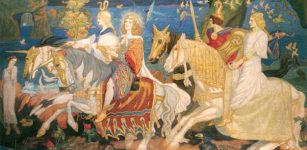 Tuatha De Danann: Mythical Race Of God-Like Beings With Supernatural Abilities In Celtic Mythology
Celtic Mythology | Feb 26, 2019
Tuatha De Danann: Mythical Race Of God-Like Beings With Supernatural Abilities In Celtic Mythology
Celtic Mythology | Feb 26, 2019 -
 3,000-Year-Old Shoe Found On A Beach In Kent, UK
Archaeology | Feb 24, 2023
3,000-Year-Old Shoe Found On A Beach In Kent, UK
Archaeology | Feb 24, 2023 -
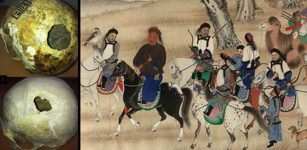 Siberia Had A Major Skull Surgery Center 2,500 Years Ago
Ancient History Facts | Jul 19, 2019
Siberia Had A Major Skull Surgery Center 2,500 Years Ago
Ancient History Facts | Jul 19, 2019 -
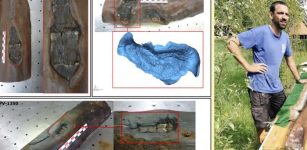 Earliest Evidence Of Forest Management Discovered At The La Draga Neolithic Site
Archaeology | Jul 18, 2023
Earliest Evidence Of Forest Management Discovered At The La Draga Neolithic Site
Archaeology | Jul 18, 2023 -
 Cajamarca, Peru: Three Archaeological Sites – Identified
Archaeology | Aug 24, 2015
Cajamarca, Peru: Three Archaeological Sites – Identified
Archaeology | Aug 24, 2015 -
 On This Day In History: ‘Diamond Sutra’ The Oldest Dated, Printed Book Is Published – On May 11, 868
News | May 11, 2016
On This Day In History: ‘Diamond Sutra’ The Oldest Dated, Printed Book Is Published – On May 11, 868
News | May 11, 2016


